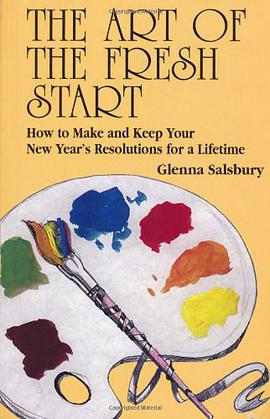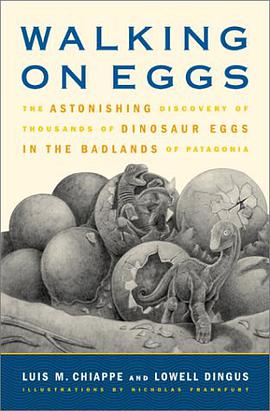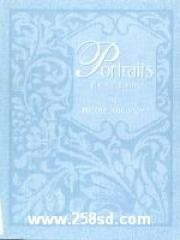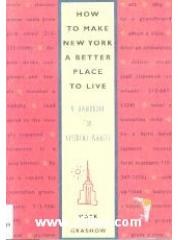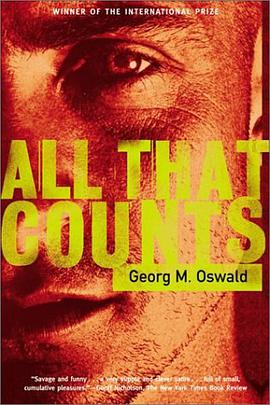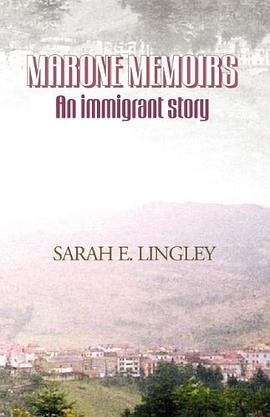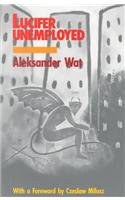

具體描述
Book Description INTRODUCTION Perched on a series of extinct volcanoes and rocky crags, EDINBURGH enjoys a dramatic natural setting unrivalled by any other major European city. Arrive in the very heart of town – either by day, with an east wind tugging at the flags that seem to fly from every building, or by night, when floodlights float grand architecture above the streets – and you’re at once gripped by Edinburgh’s romantic historical essence, where ramparts and ridges, turrets and tenements crowd the eye. One native author of genius, Robert Louis Stevenson, declared that "No situation could be more commanding for the head of a kingdom; none better chosen for noble prospects". In its layout and, many would argue, in its personality too, Edinburgh is divided into its Old Town and New Town, inscribed together on UNESCO’s World Heritage List. The former, perched on the spinal ridge leading down from the majestic cliff-girt Castle, is often dark and mysterious, and still predominantly medieval; the latter, with its graceful Georgian terraces and Grecian architecture, is a planning masterpiece of the Age of Enlightenment, when Edinburgh was Europe’s hotbed of intellectual endeavour. The Old Town swirls with gory tales of body-snatchers – crowded with Gothic detailing, its looming medieval housing and historic facades lend a very distinctive appearance and atmosphere – while the New Town, with its douce lawyers and canny bankers, captures the capital’s deeply dyed respectability. Being a relatively small city, with a population of under half a million, there are also marked contrasts between the closely packed grandness of Edinburgh’s centre and the grim, underprivileged housing estates of the outskirts, as portrayed on the big screen in Trainspotting – rarely seen by visitors, but still very much part of the modern city. A royal capital from its earliest days, Edinburgh’s status took a knock when James VI of Scotland left the city for London in 1603 to take up the British throne as James I. Just over a hundred years later, the Scottish parliament also disappeared as Westminster assumed control, and while Edinburgh never lost the style, appearance and trappings of a capital city, its self-importance rang hollow for many. However, the return of the Scottish Parliament to Edinburgh in 1999, after nearly three hundred years of rule from London, has lent renewed vigour to the political, commercial and cultural scenes, and Edinburgh is taking the opportunity to prove itself a dynamic, influential and thoroughly modern European capital. The recent opening of the new National Museum of Scotland, the redevelopment of Leith docklands, the rapid erection of new homes and offices in various parts of the city and the anticipated appearance of the architecturally ambitious Scottish Parliament building, due to be unveiled in 2003, are all contributing to this upturn in the city’s vitality and spirit. Above all, Edinburgh is a cultured capital, in part due to its rich literary and artistic connections, but also thanks to the unique creative outpouring of the Edinburgh Festival, the largest celebration of the arts in the world. The event draws around a million visitors to the city each August, and generates a carnival atmosphere matched only by the much shorter but even more boisterous celebrations at Hogmanay. Edinburgh also maintains a vibrant cultural life throughout the year, with innovative theatre, energetic clubs, live music and heavyweight literary and artistic events. The social life of the city has been equally enlivened in recent years: a number of stylish new Modern Scottish restaurants, which use traditional local produce such as venison and salmon to create innovative new dishes, have begun to earn Edinburgh recognition on the culinary map. Long known as a great drinking city thanks both to its brewing and distilling traditions and its distinctive howffs (old! pubs), Edinburgh now boasts a host of stylish bars and a thriving café culture, fuelled mainly by the presence of three universities, plus several colleges, which ensure a youthful presence for most of the year – a welcome corrective to the stuffiness which is often regarded as the city’s Achilles heel. --This text refers to an out of print or unavailable edition of this title. Excerpted from Rough Guide Edinburgh (Rough Guides (Mini)) by Donald Reid, Julian Ward, Gordon MacLachlan, Ellie Buchanan. Copyright © 2000. Reprinted by permission. All rights reserved Introduction Perched on a series of extinct volcanoes and rocky crags which rise from the generally flat landscape of the Lothians, Edinburgh enjoys a natural setting unrivalled by any other major European city. One native author of genius, Robert Louis Stevenson, declared that "No situation could be more commanding for the head of a kingdom; none better chosen for noble prospects". At the heart of the city lie the Old Town and New Town, both inscribed on UNESCO's World Heritage List. The former, perched on the ridge leading down from the majestic cliff-girt Castle, is tightly packed, brooding and still predominantly medieval; the latter, with its Georgian terraces and Grecian architecture, is a planning masterpiece of the Age of Enlightenment, when Edinburgh took the lead in many fields of intellectual endeavour. Between them they contain most of the main sights, as well as a large section of the city's business and shopping sector. Over the last hundred and fifty years Edinburgh has expanded considerably from its historic core, but it isn't a very built-up city and boasts a marvellous range of parks and green spaces, as well as a seemingly inexhaustible supply of surprising and dramatic vistas. The return of the Scottish Parliament to Edinburgh in 1999, after Scotland was ruled for nearly three hundred years from London, has lent renewed vigour to the city's political, business and cultural scene. While Edinburgh never lost the style, appearance and trappings of a capital city, with its concentration of museums, galleries, historic buildings and national institutions, for many its self-importance rang hollow. Now, however, the city is taking the opportunity to prove itself a dynamic, influential and thoroughly modern European capital. The recent opening of an important new National Museum and various ambitious tourist attractions has also contributed to the upturn in the vitality and spirit of the city. One event that has been in rude health for many years is the remarkable Edinburgh Festival, the world's largest arts festival, held each August, when every conceivable performance space, from large concert halls to tiny pubs, are roped into use for a bewildering array of drama, comedy, music, film and performance. Around a million visitors flock to the city for the Festival, generating a carnival atmosphere which is absent - save for the boisterous celebrations centred on Hogmanay - for the remaining eleven months of the calendar. Nonetheless, Edinburgh maintains a vibrant cultural life throughout the year, with a wide variety of theatre, live music and literary and artistic events. Among the city's many galleries, the National Gallery of Scotland boasts as choice a collection of Old Masters as can be found anywhere; its offshoot, the Scottish National Gallery of Modern Art, has Britain's oldest specialist collection of twentieth-century painting and sculpture. The city also has a superb range of restaurants offering most leading international cuisines, as well as a thriving caf culture. Its distinctive howffs (pubs), allied to its brewing and distilling traditions, have given it the status of a great drinking city, and the presence of three universities, plus several colleges, means that there is a youthful presence for most of the year - a welcome corrective to the stuffiness which is often regarded as Edinburgh's Achilles heel. Edinburgh's climate and when to visit Edinburgh's climate is typically British, with damp, cold conditions threatening on all but rare days of sparkling summer sunshine. Situated on the east coast of Scotland, Edinburgh suffers less rainfall than western parts of the country, but is prone to blustery and often bitter winds blowing in off the North Sea. Another local phenomenon is the haar or sea mist, which is wont to roll in from the Firth of Forth and envelop the city after a few warm days in summer. The coldest months are January and February, when the highest daily temperature averages at 6C (42F) and overnight frosts are common. July is the warmest month, reaching an average high of 18C (65F), although late spring (May) and early autumn (September) are often good times to visit for welcome spells of bright weather and less of the tourist scrum which marks the Royal Mile in high season. With the Festival in full swing, August is a great time to visit the city, but be prepared for large crowds, scarce accommodation and busy restaurants. --This text refers to an out of print or unavailable edition of this title.
著者簡介
圖書目錄
讀後感
評分
評分
評分
評分
用戶評價
相關圖書
本站所有內容均為互聯網搜索引擎提供的公開搜索信息,本站不存儲任何數據與內容,任何內容與數據均與本站無關,如有需要請聯繫相關搜索引擎包括但不限於百度,google,bing,sogou 等
© 2025 book.quotespace.org All Rights Reserved. 小美書屋 版权所有


